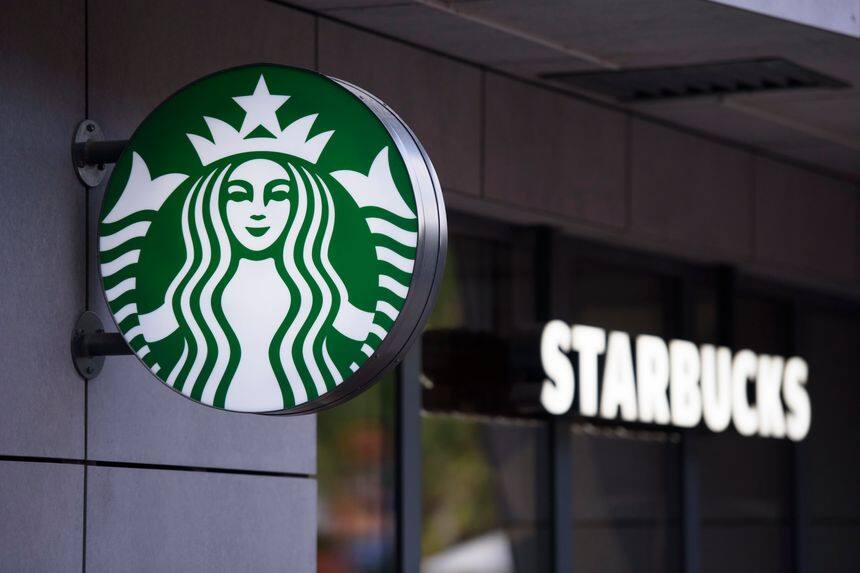The popularity of family offices is not surprising when the market revenue of family offices is expected to grow at an impressive compound annual growth rate (CAGR) of 6.01% from 2021 to 2026. The key driver of their recent popularity is their significant effectiveness in managing ultra-high-net-worth wealth and creating generational wealth.
What are the words in the name? That is what we call a family office. Would any other name of a family office still be considered a family office? In 2022, despite the global pandemic forcing us to reassess everything, the popularity of family offices is at an all-time high, raising the question of what a family office would look like if we no longer adhere to the rules previously established.

# Modern Family Offices
Although the concept of family offices has existed since the 6th century, modern family offices are generally considered to have been popularized by the JP Morgan family, which established the House of Morgan in 1838 to handle their financial and asset management needs – still a fairly modern idea and concept. Another often-cited example is the Rockefeller family, who also established their own family office in 1882, which has now become a global multi-family office giant headquartered at Rockefeller Center in New York City.
Today, we see more and more family offices changing according to where they are in their life cycle. One of the recent developments is the Brenninkmeijer family office opening their Anthos asset management investment platform to other families with aligned values.
With the rise in operating costs, modern work practices are increasingly leveraging collaboration with partners, and it is likely that we will begin to see more vertical and horizontal integration in the family office sector. This integration requires some more clearly defined best practices, but there has been a lot of development in the past few years. Family offices remain an area that needs close attention.
In theory, we can think that the definition of family offices may still be the same. They are private companies responsible for the main investment and wealth management needs of ultra-high-net-worth (UHNWI) clients. But in the post-pandemic era, when technology is at its peak, do family offices still refer to a team? Is it necessary? Especially when we see that even just one person in charge, one analyst, and reliable technology can manage billions of dollars.

Does This Family Office Rose Still Smell as Sweet?
Today, we will discuss how family offices can learn from Starbucks in terms of evolving and improving their development path, in order to enhance “customer experience” and improve customer satisfaction and outcomes.
Starbucks has successfully transformed the process of purchasing coffee into a highly consistent and satisfying experience, for which they can charge an additional fee. The company uses an integrated platform, universal business processes, and a set of detailed workflows to create an experience, and consistently executes it to fulfill Starbucks’ commitment.
Of course, the workflows and business processes of family offices are usually very complex, and customer expectations are not always predictable. No matter how carefully we craft the experience, customers may not perceive it exactly as we expect or hope. However, in the face of unpredictable situations, the office cannot give up. Instead, when considering the experience your office wants to create, we should follow the old saying – “prepare for the worst and aim for the best.”
Customer experience is the sum of how your office interacts with family members, not just in a specific type of interaction or at certain moments, but throughout the entire daily cycle of customer-office interactions. Sometimes, people think that customer experience comes from digital interactions, such as on websites or smartphones. In other cases, customer experience focuses on the speed of customer service delivery or problem-solving. To truly achieve long-term success, customer experience needs to be seen as a combination of all these things, and even more.

Family offices can achieve efficiency and valuable customer experience similar to Starbucks by carefully examining the key daily tasks they perform and transforming them into documented, systematic processes for consistent, top-notch service delivery. Adding workflow automation to minimize the steps that must be performed manually will help ensure consistency. Providing a multi-channel customer experience that allows family members greater convenience and choice in how they interact with the office will also improve efficiency and satisfaction.
For most family offices, there are two missing links in achieving a highly consistent and satisfactory customer experience: automation of customer service workflows, and integration of basic applications and services, such as an effective customer portal entrance, customer relationship management, document management, portfolio management, financial planning, and corresponding systems/data from custodians.

Family offices can create an effective foundation to adapt and expand services without adding staff by creating and automating customer service processes and workflows. They can do more for their clients without working harder and become more proactive rather than reactive. They can build trustee/ compliance steps into the workflows to ensure these steps are completed correctly every time. They can also reduce the over-reliance on key personnel, whose departure can cause significant disruption.

Here is the translation of the provided content:
1. Maximize Front Office Efficiency
Focus on customer-centric activities by providing the information and tools needed to acquire, serve, and retain customers. Leverage advanced analytics to extract the full value of internal and external data sources.
2. Create a Seamless Multi-Channel Customer Experience
Design efficient, error-free, and low-cycle processes to minimize data loss and downstream rework requirements. Manage multiple entry points of end-to-end processes to provide an efficient and effective multi-channel customer experience.
3. Leverage Best Practice Business Processes/Workflows/Integrated Software and Services to Ensure Perfect Delivery
Ensure consistency by establishing resource pools focused on similar work tasks, strive for a high level of automation, smooth workflow management, and the main customer data sources for each.
4. Develop Transformation Models and Roadmaps
Leading operating models maintain the integrity of risk management and compliance procedures. They also reduce risk while improving overall efficiency.
“Putting customers at the heart of the service experience” is the reason for the existence of any family office. Every family office provides a customer experience, whether intentionally or not. Whether you have created best practices, poor, or industry average, it depends on you.
(Note: The source of the article is FOC, which stands for Family Office Connection)













